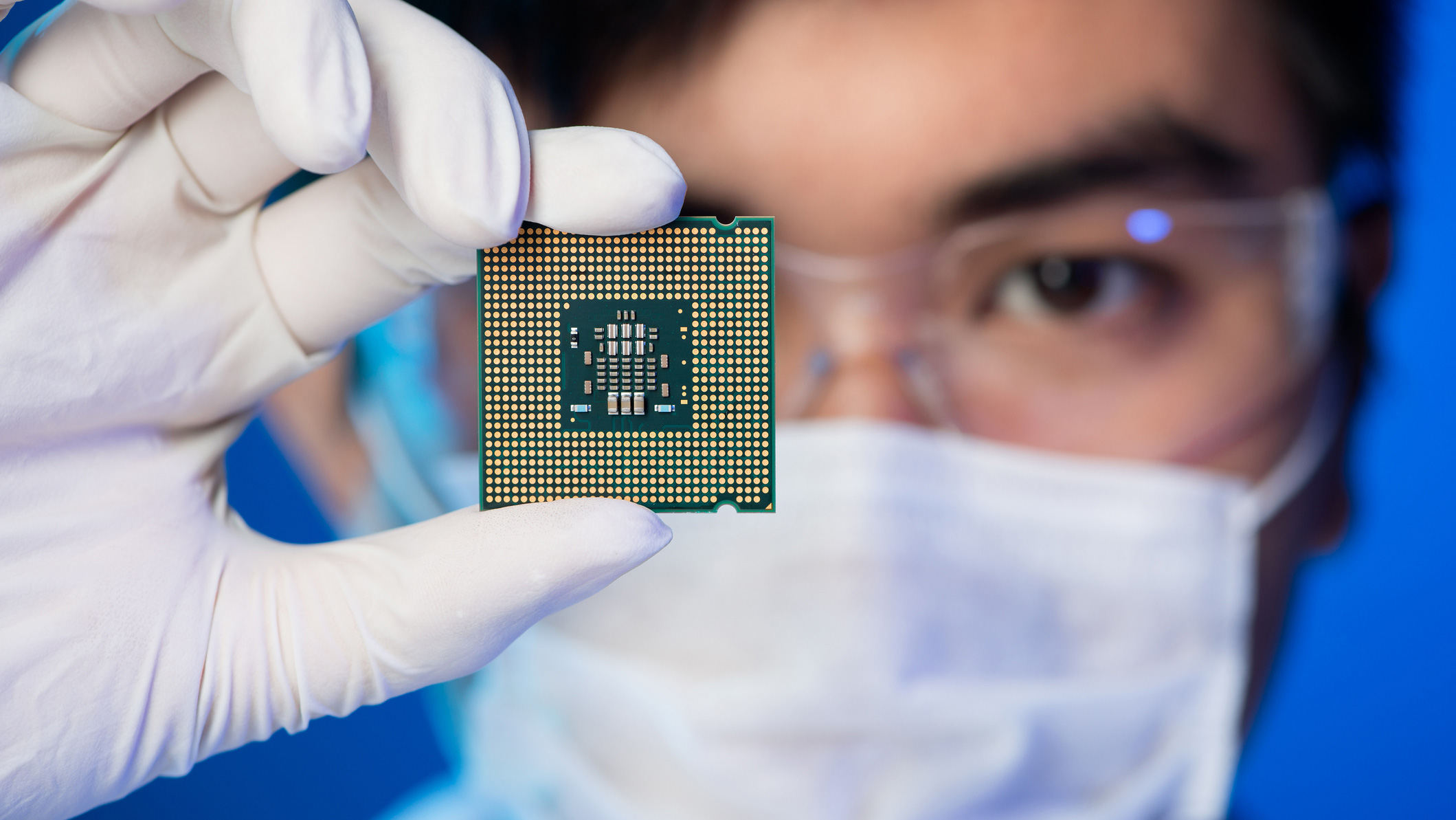
Dr. Yuxuan Cosmi Lin, assistant professor in the Department of Materials Science and Engineering at Texas A&M University, and a team of researchers are studying the potential applications and unique physical properties of semi-metals in electronic devices.
This study was recently published in Nature Reviews Electrical Engineering.
Traditionally, microelectronics and electronic materials can be made of three types of material: semiconductors for computing, metals for transducing power and signals, and insulators to isolate different electrical components.
A fourth kind of material, semi-metals, may offer a better alternative than the industry standard. Semi-metals are a special kind of material whose properties are in between metals and semiconductors. These materials are significant due to their favorable properties, such as widely tunable electronic energy states, electrical conductivity, and their unique topological properties, which help control the flow of electronic devices like transistors and microchips.
Semi-metals are essential components for modern microchip technologies, and semi-metal-based device technologies may offer exceptional computing performance and orders of magnitude reduction in power consumption.
In his review article, Lin summarizes and analyzes the potential applications of semi-metals in electronic devices, providing researchers with a comprehensive knowledge resource that guides future research and promotes interdisciplinary collaboration.
This review helps identify current challenges, suggests potential solutions, serves as an educational resource and an industrial reference, lays a solid foundation for further exploration of semi-metallic technologies, and promotes the development and marketability of new products.
“This review summarizes all the research on semi-metals so far, and we have redefined the concept of semi-metals from the definition, classified them, and summarized their applications in electronics according to the classification,” said Lin. “The review article provides a solid foundation and direction for all subsequent research on semi-metals.”
According to Lin, these metals can be used in new devices such as transistors, non-volatile memories (memory that can keep power even when power is removed), and on-chip interconnects made with semi-metals and their interfaces with other materials. It also addresses the current issues with semimetals, such as determining how to scale up the processing technologies and how to converge this technology with mainstream silicon technologies, while also detailing the difficulties in finding new semimetals with desired properties in high throughput.
“This review helps identify current challenges, suggests potential solutions, serves as an educational resource and an industrial reference, lays a solid foundation for further exploration of semi-metallic technologies, and promotes the development and marketability of new products,” said Lin.
Enzi Zhai, a materials science and engineering graduate student, led the effort for this review article. The project was a cross-university effort with Dr. Cong Su’s group at Yale University and Dr. Qiming Shao’s group at Hong Kong University of Science and Technology. The three groups have a long-term collaboration, and each has significantly contributed to different aspects of semi-metal electronics.
“This is a great opportunity for us, as well as for the entire research community, to look at the problems from a broader perspective and try better to shape future research areas and technology development targets,” said Lin. “It not only provides a centralized source of knowledge for researchers but also introduces a new material option to those who do not study semi-metals but work on electronic devices while summarizing directions for basic research on semi-metals for their applications in electronics.”